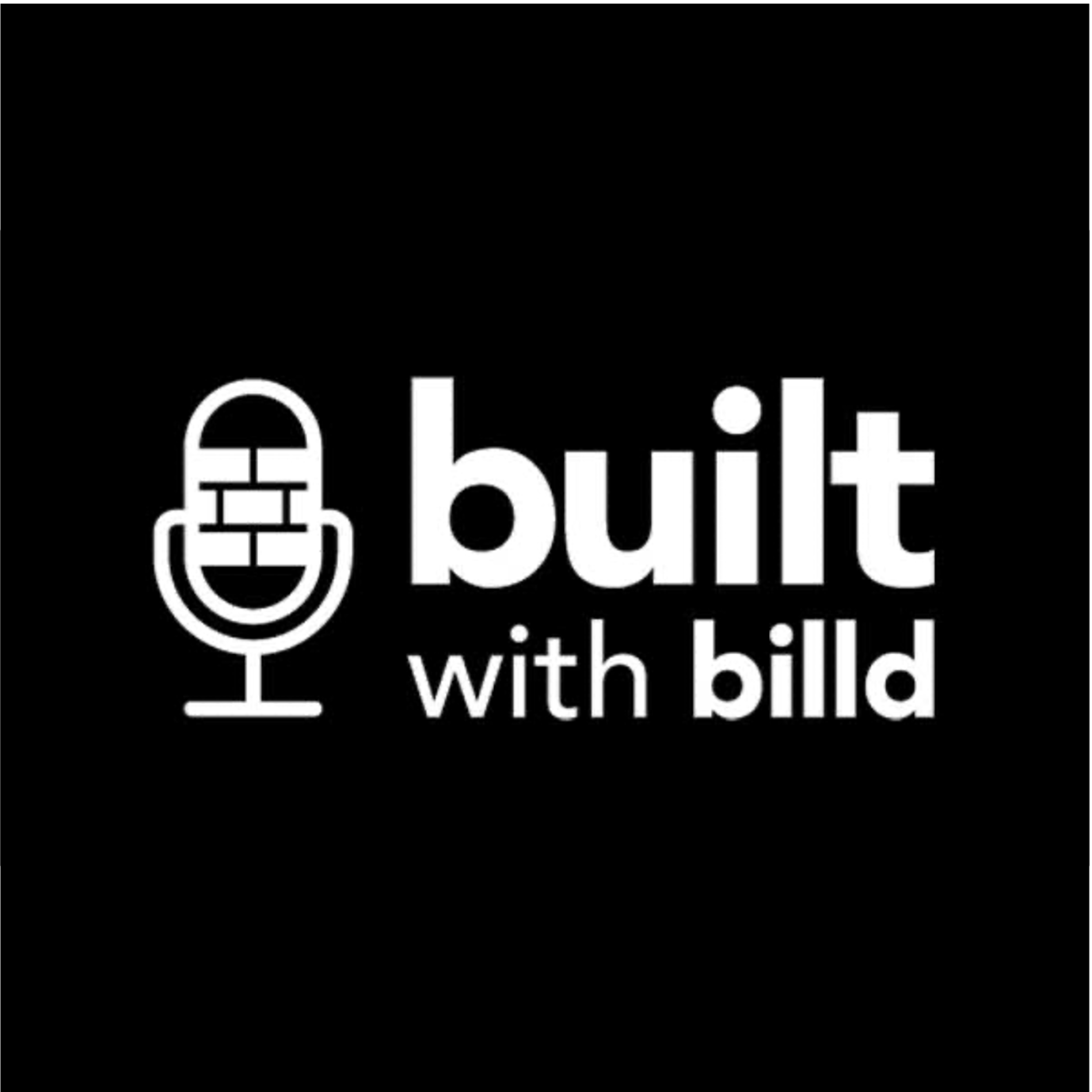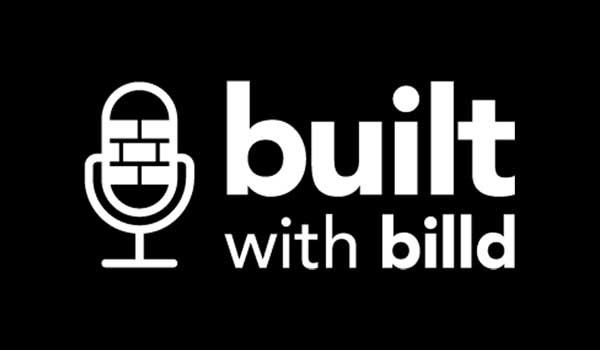For years, Levelset, an industry leading lien management firm, has helped uncover what’s happening in the industry and bring emerging trends to light. By conducting annual surveys of 500-700 contractors and suppliers, they’ve collected the raw data needed to form meaningful insights on the industry. The Q3 2020 survey on the speed of construction payments allows us to peel back the layers on why payment is slowing down or speeding up, and reveals more about contractors’ disposition toward payments and liens.
Billd’s CEO Chris Doyle and Levelset’s Director of Demand Generation, Alexander Dunn, discussed the results of the survey at length in a recent episode of the Built with Billd podcast.
The report surveyed three key players in the industry, each with a unique perspective:
- General Contractors
- Suppliers
- Subcontractors
At first blush, Dunn found that this year’s report was very indicative of the industry, although a few of the statistics stood out as surprising. He and Chris Doyle zeroed in on specific questions, and explored their respective opinions on what may be driving certain trends.
Who Is More Satisfied With the Speed of Construction Payments and Why?
Doyle and Dunn touched on the fact that GCs tended to show greater satisfaction on average in the report. Dunn had this insight to offer: On what Levelset calls “the payment chain” (the structure by which payments flow down to all parties involved on the project), the GC or property owner sits at the top, and the further you move down that pyramid, the slower payments become.
As a result, GCs are very happy with when they get paid, and are almost always paid on time by the property owner. For the vast majority, that means less than 30 or as little as 14 days. Doyle is quick to note that, if they did deal with late payments, GCs wouldn’t feel the pain of it in the same way a sub or supplier would. They don’t have as much “money on the street”, with their role falling more in the sphere of project management.
That means that the parties who take the brunt of late payments (subs and suppliers) are also those for whom it causes the most problems.
(Despite taking on less risk, the GC does have greater responsibility in that they have to manage the payment chain, be aware of all parties involved on the project, and do their due diligence to ensure that everyone is paid. If they don’t effectively manage sub-tier party payments, they could end up in a situation with double billing or double payment.)
Suppliers are inevitably less satisfied with payment speed because they’re lower on the chain. The survey showed that only a third are paid on time and according to contract. Doyle and Dunn found this surprising, given that suppliers sell a straightforward product at a cut-and-dry price, whereas GCs and subs have a more malleable scope which may include change orders that differ from the plans and specs. Dunn speculated that disputes around delivery may be one of many driving forces around suppliers not being paid on time.
Are Slow Payments a Form of Bullying in Construction?
When payment is slow to roll in, Doyle brought up that subcontractors may feel that they’re being bullied. Dunn countered that while it does appear to happen, it all stems from a lack of communication surrounding the paperwork required for payment. The distribution of payment is ultimately a matter of who checked all their boxes first, he explains.
And unfortunately, there is a lot of paperwork that contractors have to shovel through to get paid – especially with commercial jobs. When all of these requirements aren’t properly communicated in the back office, small things can fall through the cracks, delaying payments and frustrating contractors – who, on a human level, could feel like they’re being bullied. Dunn notes that communicating on the job site is easy compared to the back office. No one is going to paint the wall before the drywall is put in. Coordination and teamwork need to happen to that degree in the back office, but that’s easier said than done.
Despite the hiccups that can occur in contractor payment, Doyle wants to clarify that GCs often have a strong interest in taking care of their subs and getting them paid in a timely manner. Relationships are, after all, the currency of the industry. Taking on new subs or seeking subs out of state is a lot of work. It’s in the GC’s best interest to maintain their relationship with the subs they have, right here, right now. When all paperwork is completed correctly, there’s no reason for GCs to withhold payment from the sub (generally speaking). It’s simply the process they have to adhere to.
How Does Company Size Affect the Speed of Construction Payments and Overall Treatment?
As a general trend seen in the report, those with less than 50 employees were more likely to be unsatisfied with payment speed, but that doesn’t mean that the pain point is restricted to them. Doyle and Dunn discussed the notion that smaller subs, because of their size, may be seen as higher risk by the GC. This may cause the GC to take their time when assessing the quality of work before they release payment. And if size of the company is a risk factor or source of apprehension for the GC, Dunn argues that it could go both ways – with bigger subs as well. Larger, rapidly growing companies could easily have clumsy execution and risk things falling through the cracks. That means that companies of any size could end up with the exact same slow-pay struggle.
But would it hurt larger companies in the same way? The short answer is yes. Billd sees larger contractors struggle with slow payment every bit as much as small ones do. Because irrespective of their size, most subs have to come of pocket to pay for their materials, and wait up to 100 days to get paid. Any way you slice it, slow payments will put on a strain on your cash flow.
As it turns out, company size isn’t the determining factor in whether or not slow-paying jobs hurt, it’s whether or not the business is growing. The faster you’re growing, the more materials you have to buy out of pocket, and the more risk you take on in a slow payment paradigm.
So what steps can subs take to combat the strain of slow-paying jobs?
Companies like Billd can help alleviate this strain for growing subs by giving them more time to pay for their materials. Clear communication with all project stakeholders around payment is also crucial. There is ample paperwork when you want to get paid or release payment. When you communicate, those processes become clearer, with less errors to slow things down. When this communication doesn’t happen, that’s when liens start getting filed and relationships sour.
To hear the points above discussed in much richer detail from two industry experts, tune in to Built with Billd podcast episode on the speed of construction payments, links available below. Or, follow along with Doyle and Dunn’s conversation by downloading and exploring the report.



